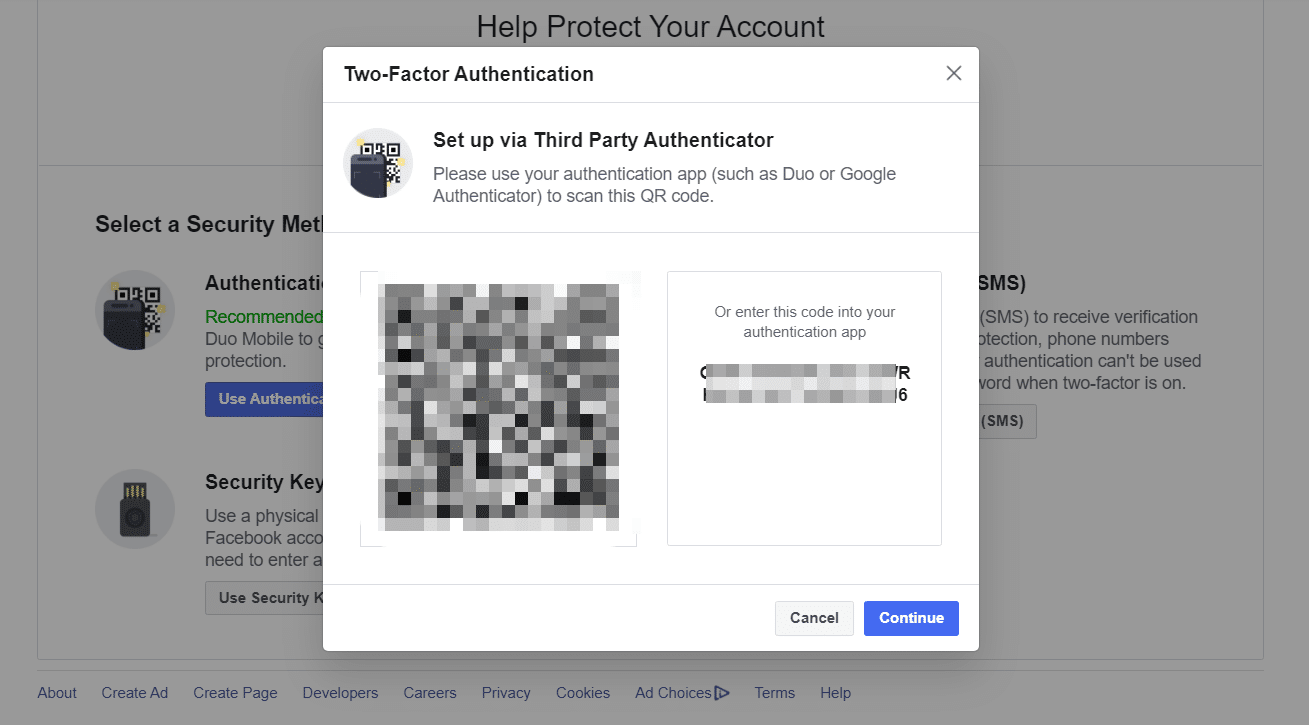

We can’t give you access to this account or help with your request until we receive an accepted form of ID that matches the information listed on the account.

Seems simple enough … but I tried several different forms of ID, including my passport, and every message I received said: One option seemed to be an automatic ID reader: you enter an email address you still have access to and hold up an ID to your webcam. And Facebook is a multi-gazillion dollar company: they must have solutions, right?Īnd you’re not wrong: they do have systems in place. “But surely,” you’re thinking, “Facebook must have a way around this!” After all, extinct email accounts, hackers, and not taking online security as seriously as we should is practically old hat by now. I found myself in the centre of a perfect storm of my own lax security, with hackers who had engaged in the digital equivalent of pouring glue in a lock. The problem occurs when, again, it points away from the account owner and to the hackers instead.
#FACEBOOK AUTHENTICATOR APP CODE#
This is supposed to increase the security of a system because you need to enter a code in addition to your password. Second, they activated two-factor authentication. The default recovery-sending a code to your email address-is now useless. Everything now points to an address only the hackers have access to. While I was going through the Facebook process for securing my account and changing my password, the hackers did two things that have now made it impossible for me to log back in.įirst, a long-defunct email address that I must have listed somewhere in the bowels of my Facebook settings was re-registered and all of my other email addresses were deleted. The hackers were in and the race was on … but it wasn’t a race I could win. But something had changed: I no longer had control of the account. Whew, that was close …Įxcept that a few hours later I received a similar message. Simple question: is this you or not? I clicked the button for “not” and was told that I didn’t have to do anything else. It started in mid-December with an email from Facebook saying that someone was trying to reset my password. While I am all in favour of digital detoxes, this is not exactly what I had in mind!

#FACEBOOK AUTHENTICATOR APP HOW TO#
Instead, I hope this serves as a cautionary tale about how to potentially avoid the mistakes that have seen me locked out of Facebook for over a month. Once 2FA is set up, Facebook will ask for the login code any time users log in on a phone or computer the service does not recognize.This is not a blog post about travel, history, nature, or tea, although, as always, a lot of tea was consumed in the composition of it. They are also give the option of allowing logins without a code for 1 week or not. Users should choose the 2FA via Authentication App option, can set up by simply scanning the offered QR code (see image above), and then confirm the set up by entering the confirmation code provided by the app. Users are required to go to Settings > Security and Login, press the Edit button next to the Use two-factor authentication option, and follow the instructions provided once they press the Get Started button. The process of enabling two-factor authentication has also been streamlined. How to set up Facebook 2FA via Authentication App Or, a malicious app on the endpoint can harvest information sent via SMS.ĭickens did not mention how many users already enabled 2FA via SMS.

The National Institute of Standards and Technology (NIST) is advising against using SMS-based two-factor authentication as the method is vulnerable to attack.Īn attacker can convince the mobile operator to redirect the victim’s mobile phone to the attacker and receive the code via SMS. Now that we have redesigned the feature to make the process easier to use third-party authentication apps like Google Authenticator and Duo Security on both desktop and mobile, we are no longer making the phone number mandatory,” he said. “We previously required a phone number in order to set up two-factor authentication, to help prevent account lock-outs. The move was announced on Wednesday by Facebook’s product manager Scott Dickens. Facebook has good news for users who wish to secure their accounts with two-factor authentication but aren’t comfortable sharing their phone number with the social network: there’s now an option to use authenticator apps to receive the second authentication factor.


 0 kommentar(er)
0 kommentar(er)
